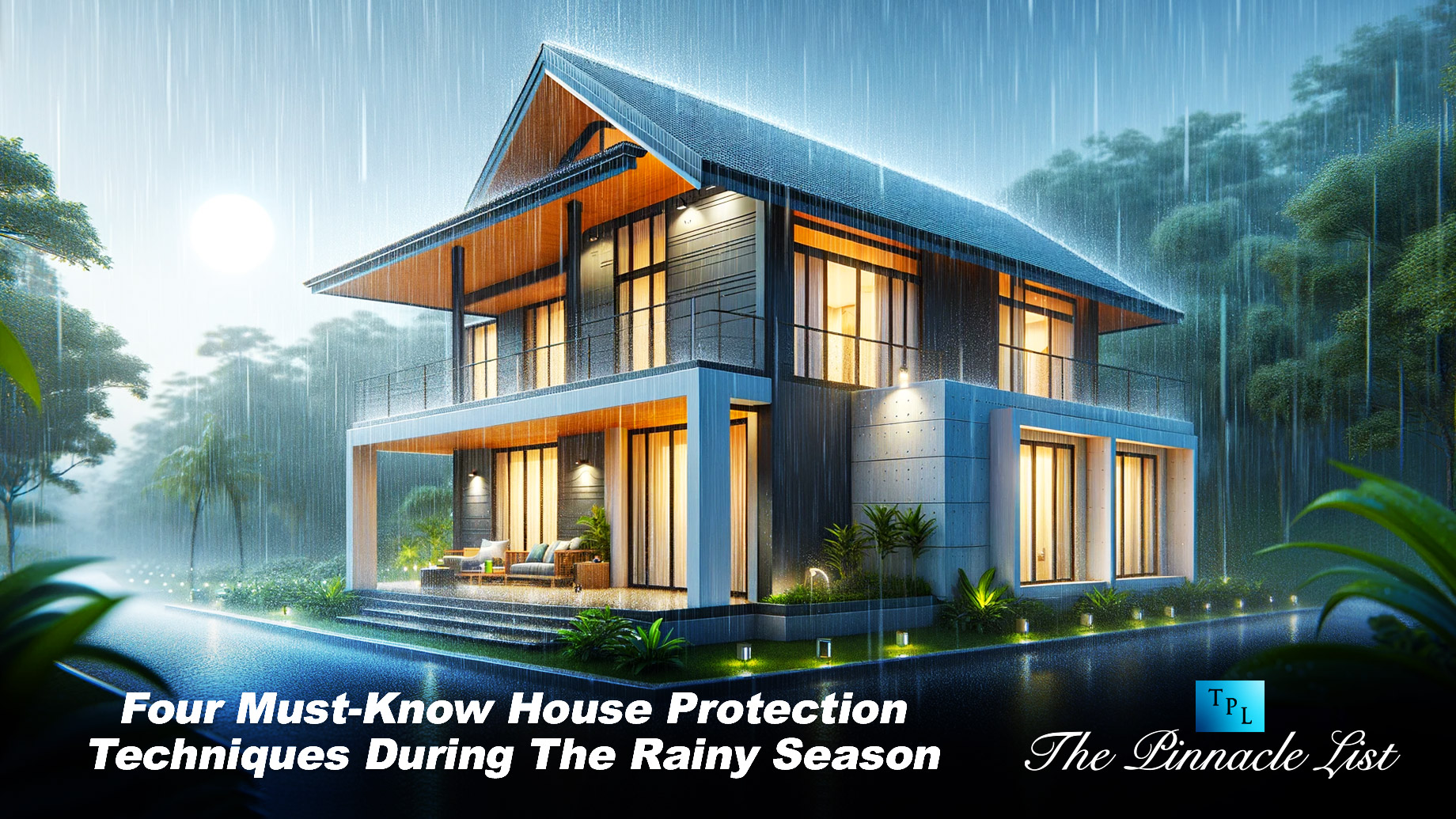
Monsoon is a favorite season for many people, but it’s not the favorite season for buildings and properties. This season affects the structural integrity of your houses, causing damage to walls and roofs. The moisture and dampness caused by the rainy season can be a headache for people who have just bought a new house. Rainy seasons create a stir outside a building and can cause extensive damage to inside accessories and furniture.
Now, homeowners and occupants should be worried about protecting themselves and their houses during monsoons. The dampness caused by excess moisture also lead to the growth of excess bacteria that can cause several health issues, and it can damage the beauty of your house. Don’t get worried; every problem has a solution, and this one too. So here are four must-know techniques that every homeowner should be aware of during the rainy season.
Damp Proofing Walls
Dampness refers to the condensation of atmospheric moisture that accumulates in walls and ceilings. It is not a positive experience to have dampness in the internal walls, as it can cause discomfort to the occupants and serve as a primary reason for the growth of contaminants during the rainy season. Additionally, it damages interior decorations, and the musty, damp smell can cause unpleasant feelings. Therefore, damp-proofing your walls, floors, and ceilings before the rainy season should be considered a top priority.
There are different methods available in the market to address damp issues effectively. It is advisable to consult experts in the industry at your location to understand what could be best for your home. For instance, if you are based in Halifax, you can’t get past the monsoon season without proper maintenance of your home, and that’s where experts like Damp Proofing Contractors Halifax – Watertight Homes can assist you with the best possible solutions. Such expert damp-proofing services can offer you benefits like the prevention of bacterial or fungal growth, protection of your home’s structural integrity, improved indoor air quality, and reduced energy costs.
Check for Leakage
During the rainy season, leaks are common concerns. Check your walls and roof for any signs of seepage or leaks. Leakage issues can cause long-term damage to the property, making it unsafe to live in. These can cause lasting damage and create a damp atmosphere. Look for water stains, peeling paint, or damp patches, as these could indicate areas where water seeps into your home. You can also double-check the external and internal pipelines for cracks or leakages, as they may also result in constant water penetration and dampness. It’s essential to fix leaks before heavy rains start, as the repairs need time to dry.
Protect Furniture
The rainy season also affects wooden furniture, as it reacts poorly to moisture and humidity. When exposed, furniture becomes vulnerable to infestations from termites and bugs, causing them to lose shape and form. Wooden materials absorb more moisture during the rainy season, leading to swelling. To protect your valuable furniture from further damage this monsoon, it’s advisable to reapply varnish or lacquer regularly. This new barrier acts against excess moisture, preserving the integrity of the wood.
Fix Doors and Windows
Windows and doors are considered a crucial part of your house structure. Over time, the seals on your windows and doors may wear out, letting in cold air and rain. To prepare for the rainy season, consider hiring a professional to reseal them. Inspect for any rot and address it promptly, especially for wooden doors that may swell in the monsoon. Put rubber gaskets at the bottom of your entrance and balcony doors to stop rainwater from getting inside. Seal any gaps around walls, doors, and windows using silicone or foam sealants. You can also use weather strips to seal windows, which are cheap and easy to cut to size. If necessary, consider installing storm shutters or upgrading to water-resistant window treatments to protect your home.
Conclusion
You might have heard the saying “prevention is better than cure,” and the same applies if you want to protect your house during the rainy season. Try utilizing these preventive measures before they become a headache. By implementing these four house protection techniques, you can minimize the risk of damage caused by rain and hope that your home remains safe and dry during the rainy season.